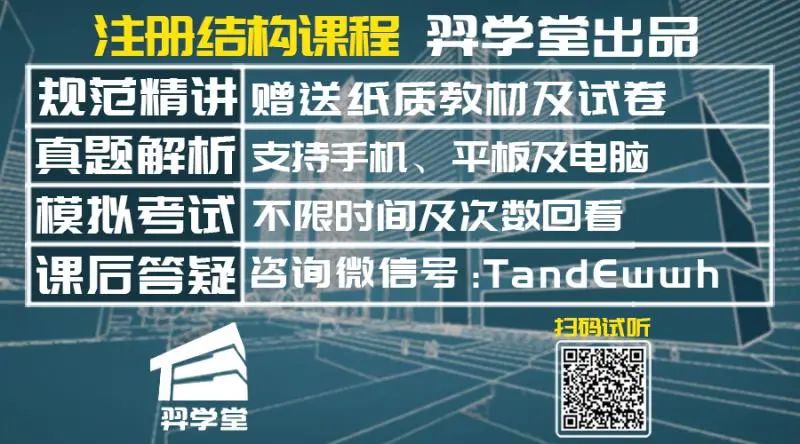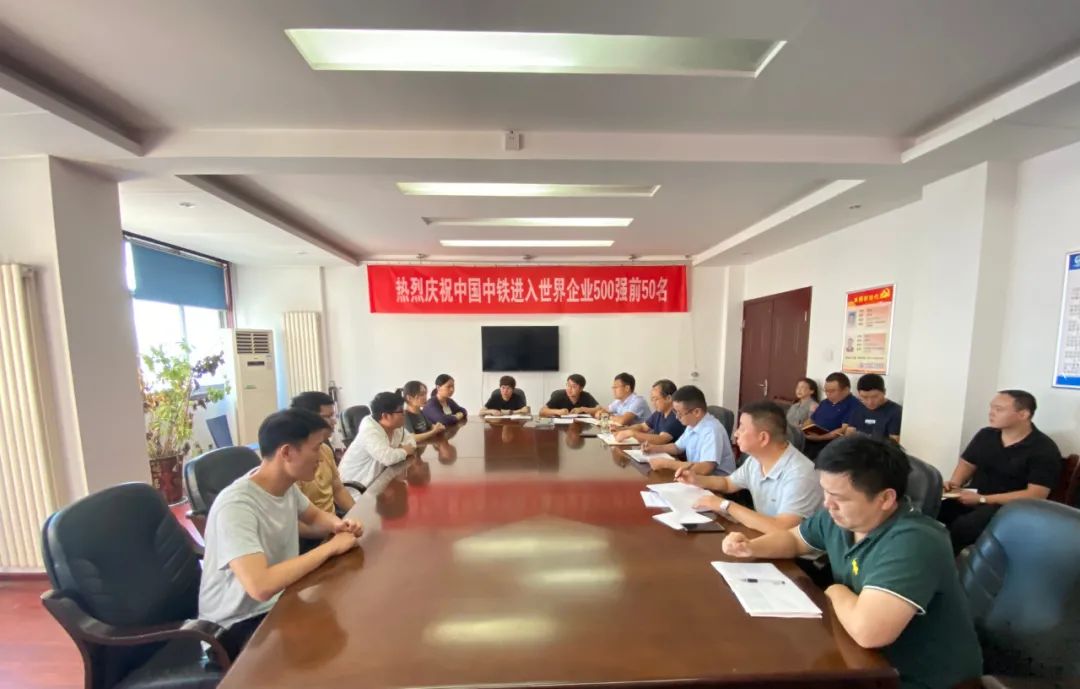The common leakage problem of construction engineering is a stubborn disease that is difficult to cure
.
During construction, process control must be carried out as required, and all processes must be strictly accepted to ensure that the leakage risk is minimized and checked at all levels, so as to ensure that there are no large-scale quality problems in the follow-up
.
Specifically, it is necessary to do a good job in the following seven aspects of quality risk control
.
1
.
Quality risk and control of exterior wall waterproof and backfill construction (1) the waterproof base course shall be cleaned, and the surface shall be free of sand cracking and staggered platform( 2) The internal and external corners must be polished and repaired in place to ensure that the radian of the internal and external corners of this part is in place and there is no right angle( 3) The bolt holes of the exterior wall shall be chiseled and blocked as required to ensure that the surface of the bolt holes is tight and free of protrusion; The through wall casing and pipe group parts of the basement shall be constructed in strict accordance with the treatment method of Vanke end joint( 4) The additional layers at the strengthening areas such as construction joints and post cast strips shall be arranged in strict accordance with the requirements of the construction specifications to ensure that they are pasted tightly without hollowing( 5) In the process of large surface waterproof construction, pay attention to the staggered parts of waterproof joints, overlapping length, waterproof construction sequence of coiled materials with different thickness, and the waterproof paste shall be dense without hollowing and edge warping( 6) The end of waterproof coiled material shall be subject to metal strip edge sealing treatment according to the requirements of Vanke, and shall be firmly fixed; And seal the head with waterproof ointment( 7) The soil quality shall be strictly controlled during the backfill construction
.
The layer thickness during the backfill process shall ensure the compactness of the backfill soil
.
The waterproof of the outer wall shall be protected with polystyrene board along with the backfilling step
.
2
.
Quality risk and control of waterproof construction in kitchen and bathroom (1) the waterproof base course shall be free of sand, hollowing and cracking, and the base course shall be dry and flat( 2) Rigid casing shall be used for riser, which shall be poured in layers, compacted, non-ferrous formwork erection and base course cleaning( 3) Wall and air duct root flanging, roughening, rebar planting, clean, height not less than 100mm (higher than the finished surface), non iron wire formwork erection, concrete flanging without looseness, no honeycomb and pitted surface after pouring, and no cold joint at the junction with the wall (4) the minimum thickness of waterproof film shall not be less than 150% of the design thickness( 5) Acceptance and inspection of waterproof materials, proportion and thickness to avoid cracking of waterproof layer( 6) The width and height of the waterproof material shall meet the specification requirements( 7) The closing line at the junction of the waterproof layer and the door shall be handled in place( 8) After the installation of threshold stone, the additional waterproof layer shall be in place( 9) The thickness of waterproof layer shall be checked by slicing, and the thinnest part shall not be less than 80% of the design thickness( 10) The waterproof layer shall be subject to closed water test in layers, and the closed water shall not be less than 24 hours
.
The next process can be carried out only after reaching the qualified conditions
.
3 quality risk and control of roof waterproof construction (1) construction quality of waterproof base course: the base course shall not have defects such as sand, hollowing, cracking, exposed reinforcement, honeycomb and holes, and the base course shall be dry and flat( 2) Overlapping length of waterproof coiled material: the overlapping length shall not be less than 10cm, and the size deviation shall not exceed – 1cm( 3) Setting of expansion joints: expansion joints are set around the plane (along the wall and ditch edge), with a joint width of 20mm and embedded with sealing paste( 4) Detailed treatment: the coil ending method and return height meet the requirements of Vanke standard( 5) Roof concrete flanging: the height of parapet and air shaft out of the concrete sill of roof structures shall not be less than 200mm, roughening, planting reinforcement cleaning, and non-iron wire passing through the concrete sill( 6) Rigid waterproof casing shall be set for pipes out of the roof and terrace: rigid waterproof casing shall be set for pipes out of the roof, and shall not be less than 200mm higher than the finished surface of the roof( 7) Slope around gutter and rainwater inlet: the slope direction is correct without reverse slope and ponding; The rainwater inlet has a grate( 8) Slope making layer: the thinnest 30 thick lightweight concrete slope making layer shall be pressed, polished and leveled at one time, and the slope shall meet the design requirements( 9) Water storage and leakage inspection shall be conducted 24 hours after the completion of the waterproof layer
.
4 quality risk and control of external wall construction (1) all screw holes through the wall of the external wall must be blocked and corresponding waterproof treatment( 2) Through wall screw removal and PVC casing removal (within 50mm from the outer wall skin)( 3) After the through wall screw hole is blocked, JS waterproof coating shall be applied externally as required( 4) The concrete sill at the root of overhanging members such as canopy, air conditioning board, line, open balcony and terrace shall not be less than 200mm (higher than the finished surface)( 5) The external wall masonry shall be free of blind joints and transparent joints, the gap at the wall top shall be filled and compacted, the mortar joint of the masonry wall shall be pointed on both sides, the mortar joint of the masonry top shall be full, and the foaming process shall not be used at the top of the external wall masonry
.
5 quality risk and control of exterior window construction (1) window sill capping: the masonry wall at the lower opening of exterior window shall be provided with concrete capping, which shall be deep into the supports on both sides by no less than 200mm; The coping thickness of the window sill shall meet the design requirements
.
If there are no design requirements, it shall not be less than 100mm
.
The plastering of the outer window sill must be sloped outward, and the slope shall not be less than 5%( 2) Practice and setting of drip line, olecranon and other window lintels: the outer wall window lintel shall be provided with a drip line or drip tank, and the upper opening of the stone or metal curtain wall window sleeve shall be provided with a drain hole with a hole diameter of 12mm and reasonable location
.
(3) treatment of the gap between the window frame and the wall (no gap within 25mm of the sub frame): the foam adhesive shall not be cut after forming
.
Before gluing, the outside of the expansion joint between the frame and the wall shall be covered with a baffle; After coating, remove the baffle in time and flatten the overflow foam into the frame
.
6
.
Quality risk and control of air defense drum cracking in masonry engineering (1) raw materials: the block specifications are unified, without missing edges, corners and broken bricks, and the deviation quality of masonry raw materials is strictly controlled( 2) Mortar joint defects: there are no blind joints, through joints and mortar joints, and the mortar plumpness reaches 90% vertically and 80% horizontally( 3) Structural column, window sill plate, waterproof inverted sill, etc.: the concrete pouring is dense without honeycomb, exposed reinforcement, slag inclusion, cracking and other quality defects; ( 4) Wall grooving: it is strictly prohibited to use manual chiseling for grooving, and mechanical grooving shall be used
.
7 quality risk and control of air drum cracking in plastering works (1) the wall must be thrown or roughened before plastering( 2) Structural defects shall be repaired and sundries shall be cleaned in place before hanging mesh and slurry throwing( 3) Block various holes in the wall, and pay attention to the blocking method and quality( 4) The masonry shall be grooved by mechanical cutting, and the wire groove shall not be chiseled directly on the masonry wall( 5) After plastering, exposed reinforcement head, steel wire mesh, concrete surface, etc
.
shall be avoided on the wall( 6) There shall be no missing edges and corners, and the external corners shall be free from obvious damage, so as to avoid rough jointing, irregular jointing closing and unqualified closing position
.
Luban Award for construction engineering appreciation Luban people of Construction Engineering Exchange Daily selection, release in the evening, combine learning with fun, make common progress ↓ long press to identify and join the alliance ↓.
.



